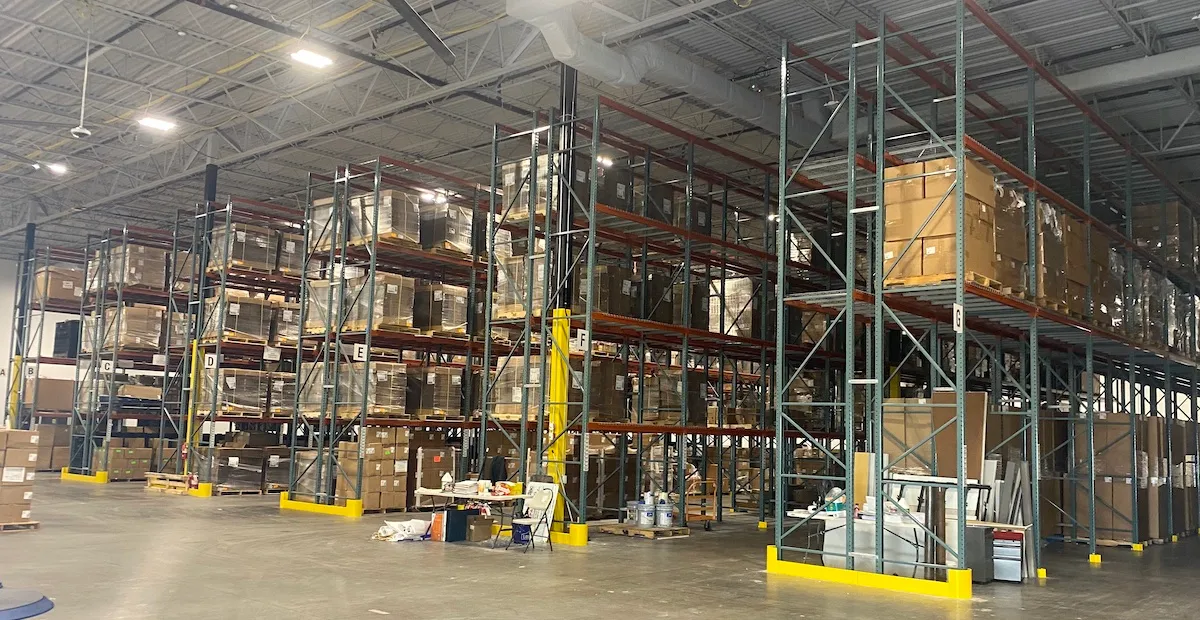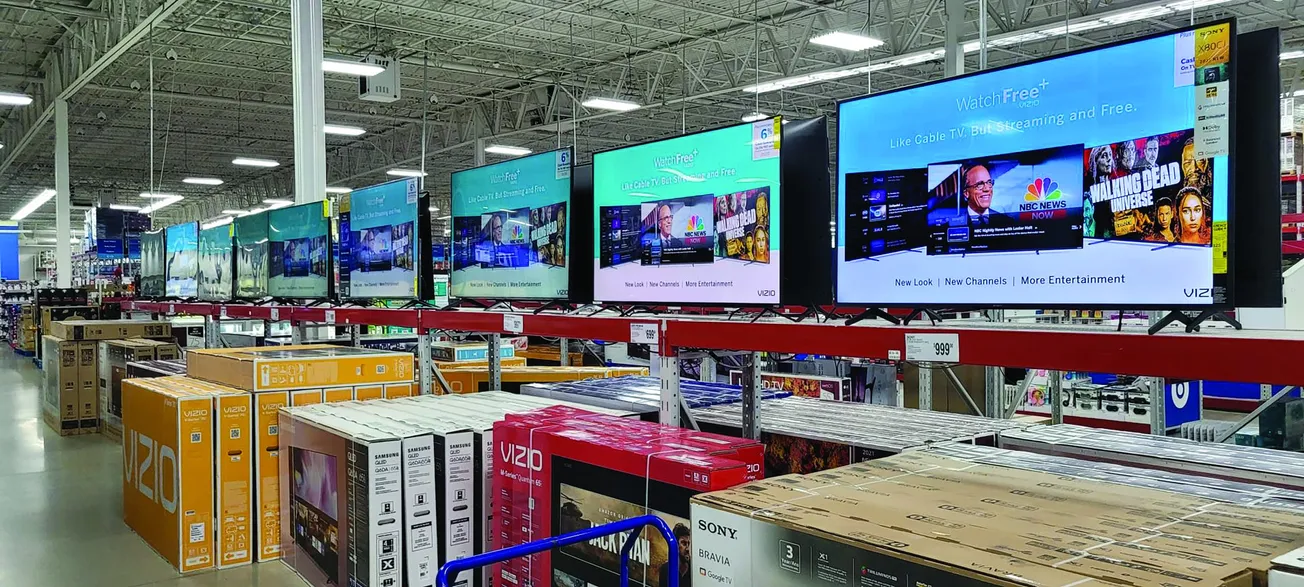Retail pharmacy has taken a beating in the press recently. Mainstream media outlets, including The New York Times, The Washington Post, CBS News and PBS, covered labor actions undertaken by pharmacists motivated by concerns about working conditions and potential risks to patients. Thus far, the impact of the walkouts, culminating in “Pharmageddon” late last month, has been minimal, but pharmacy operators should take the issues raised by the protesters, and the attention they’ve received, seriously. If they become entrenched, the problems cited by disgruntled pharmacists and pharmacy technicians could erode both patient care and the industry’s standing.

A story by Joseph Walker in The Wall Street Journal illustrates the challenge. Appearing under the headline “Why Your Neighborhood Pharmacy Isn’t So Friendly Anymore,” it bluntly states that “America’s big chain pharmacies are a mess.” It cites trouble spots ranging from overwork and high levels of stress caused by understaffing in the pharmacy department to front-end merchandise that is inaccessible to consumers without the help of store personnel, an unfortunate result of retail crime.
In USA Today, an article by Emily Le Coz under the headline “Pharmageddon hits U.S. with walkouts at multiple pharmacies, including CVS and Walgreens,” zeroed in on the negative impact that reduced staffing levels could have on patients. “Stores that a decade ago might have had two pharmacists and six pharmacy technicians filling an average of 500 prescriptions a day now have half the staff and an even higher prescription volume — plus an endless crush of vaccine appointments, rapid tests and patient consultation calls,” she wrote, citing findings from an earlier investigation by the publication.
The media tends to paint pharmacy operators as the villain in the piece, with management looking for means to drive efficiency and lift the bottom line. What the coverage, by and large, fails to delve into is the relentless downward pressure on reimbursement rates exerted by pharmacy benefits managers. After years of declining payments for their services, many retail pharmacies, particularly independents, indicate that their very existence is in doubt. A long-term solution to the workplace problems that many pharmacists are experiencing will have to involve adjustments to the reimbursement model.
Michael Hogue, CEO of the American Pharmacists Association, acknowledged that reality while voicing support for the job action by members of the profession: “APhA stands with every pharmacist who participated in the walkout. The bottom line is that we support every pharmacist’s right to work in an environment with staffing that supports your ability to provide patient care. …
“I’m also calling on PBM companies to immediately cease the assessment of DIR fees on retail prescriptions and ensure your contracts result in payment to pharmacies of at least their cost for the medicine they are providing plus a reasonable fee for doing so. You are breaking the backs of community pharmacies and are ultimately complicit in the workplace issues I am describing.”
The need for urgent action by pharmacy operators is evident. In the wake of Pharmageddon, a group of social media activists and IAM Healthcare, a union affiliated with the International Association of Machinists and Aerospace Workers, unveiled PharmacyGuild.org in a bid to unionize pharmacists and pharmacy technicians. In response to the labor unrest, big pharmacy operators are taking steps to address the concerns of frontline professionals. CVS Health president and CEO Karen Lynch captured the prevailing attitude among industry leaders during a recent conference call with financial analysts.
“As a company, we are committed to providing the best place to work for all of our colleagues, including our pharmacists and our pharmacy techs,” she commented. “Over the last year or so, we’ve made a number of investments for our labor. By the end of the year, we’ll have wage investments of over $1 billion. We continue to invest in our technology to support our teams in the field so that they can have streamlined workflows and smoother operations.
“We are committed and continue to hire. It’s a tight labor market, but we’ve been having very good success in hiring. Our attrition numbers are stable, and we are actively developing new training programs as well for the ongoing development of our colleagues. But, as I said, we are committed to making sure that we are an employer of choice.”
That kind of commitment on an industrywide scale is needed if retail pharmacy is to retain its place as the centerpiece of neighborhood health care, one that offers unmatched access to products and expert services that support people’s health and well-being. It is also a prerequisite for pharmacy operators that aim to extend their reach into primary care and other areas. To succeed in that ambition, they should begin by buttressing their established pharmacy business and building on that foundation.









